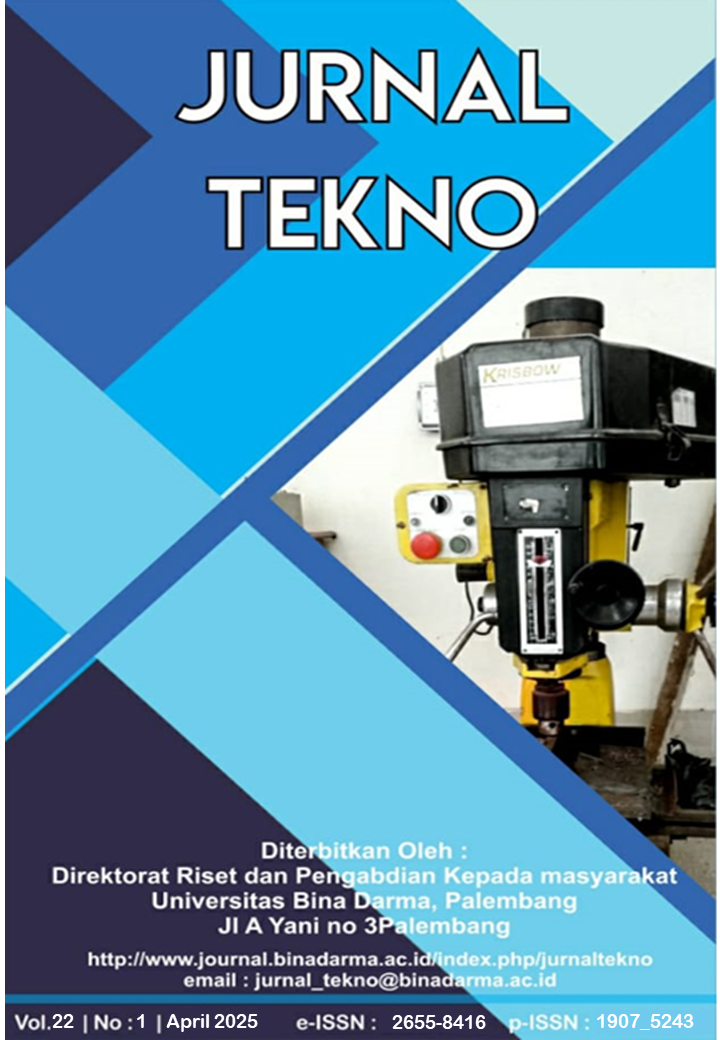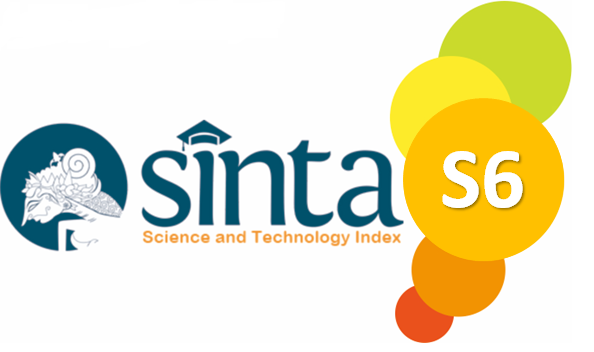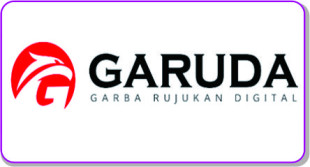DESIGN DESIGN OF MAKING LAND USE AREA MAPS IN SEMATANGBORANG DISTRICT USING QGIS
USING QGIS
DOI:
https://doi.org/10.33557/304tz031Keywords:
Land Use, Geographic Information System, Regional Mapping, Sematangborang DistrictAbstract
The development of urban areas often results in changes in land use to meet infrastructure needs. In Sematangborang District, Palembang, the challenge of efficient land use requires accurate mapping. Quantum GIS (QGIS) is an effective solution in land use mapping because of its open source nature and spatial analysis capabilities. This research aims to improve the accuracy of land use mapping in the region. This research uses the Geographic Information System (GIS) using QGIS Software for Regional Mapping. Data was obtained through interviews with related agencies and secondary data in the form of Shapefile regional maps from Bappeda and RBI from the Indonesia Geospatial Site. Sematangborang District, which is located 11 km from the center of Palembang City, has an area of 36.97 km2 with four villages. The largest regional distribution is Sukamulya Village (46.70%), followed by Karyamulya (26.69%), Srimulya (18.84%), and Lebong Gajah (7.77%). Mapping using QGIS successfully identified a variety of land uses, including public facilities, settlements, agriculture, and green open spaces. The research succeeded in producing land use maps of various data sources, comprehensive maps succeeded in identifying public facilities, settlements, agriculture, and green open spaces. The results of this mapping can support more effective spatial planning and regional development.
References
Fenando, F. (2021). Geographic Information System (GIS) Mapping of Coal Mining Sites Based on Quantum GIS (Case Study: PT. Kalimantan Produce). Journal of Information Systems and Informatics, 3(1), 108–120. https://doi.org/10.33557/journalisi.v3i1.94
Fitriansyah, M., & Muzaidi, I. (2024). KECAMATAN ANJIR PASAR KAB . BARITO KUALA ( Making A Land Use Map Of Banyiur Village Anjir Market District. 2(1).
Gunarso Primada Aji, Ardiansyah, M., & Gunawan, A. (2020). Changes and Predictions of Green Open Space Land Use in Depok City. Journal of Soil and Environmental Sciences, 22(2), 95–100. https://doi.org/10.29244/jitl.22.2.95-100
Hasmi, I. (2023). Analysis of Paddy Field Conversion Using Geographic Information System (GIS) in Labuhanbatu Utara Regency, Indonesia. Journal of Environmental and Development Studies, 4(01), 122–131. https://doi.org/10.32734/jeds.v4i01.9209
Palembang City in numbers. (2023). PALEMBANG CITY CENTRAL STATISTICS AGENCY. https://palembangkota.bps.go.id/id/publication/2023/02/28/d11792eb5fee5963efd9f0bb/kota-palembang-dalam-angka-2023.html
Rasilah, R., Afgani Dahlan, J., & Sudirman, S. (2020). Google Clasroom-Based Mathematics Learning During the Covid 19 Pandemic and Its Impact on Student Participation. Echo Wiralodra, 11(2), 171–181. https://doi.org/10.31943/gemawiralodra.v11i2.121
Rusdi, M., Fazlina, Y. D., Sugianto, S., Wijaya, L., Syakur, S., Basri, H., Darusman, D., Biochar Research, P., & Lestari, H. (2024). Data Acquisition Training with Drones: Data Analysis and Land Planning. Journal of Aceh Service Service, 4(2), 129–134.
Saraswati, A. R., Maulana, A., & Jamil, M. (n.d.). THE DEVELOPMENT OF NATURAL TOURISM USES GEOGRAPHIC INFORMATION SYSTEMS. pp. 273–284.
Sudianto, A., & Sadali, M. (2018). DOI : 10.29408/jit.v1i2.882. Journal of Informatics and Technology, 1(2), 71–78. http://download.garuda.kemdikbud.go.id/article.php?article=1980664&val=18900&title=Penerapan GIS Geographic Information System in Mapping Woven and Pottery Crafts to Increase the Potential of Crafts in East Lombok Regency
Sutanto, A., Annas, A., Ardha, M., Hidayat, T., & Khomarudin, M. R. (2023). Automation of Daily Landslide Potential Information Based on Remote Sensing Satellite Imagery Using Open-Source Software Technology. International Journal of Remote Sensing and Earth Sciences (IJReSES), 20(1), 37. https://doi.org/10.30536/j.ijreses.2023.v20.a3836
Titi Andriani, S. E. (2024). J-PRES ( Journal of System Engineering Service ) Vol . 2 No 1 January 2024 ISSN : 2988 – 2087 ( Online ) DOI : https://doi.org/10.36761/jpres.v2i1.3460 J-PRES ( Journal of System Engineering Service ) ISSN : 2988 – 2087 ( Online ) DOI : https://doi.org/10.36761. 2(1), 14–18.
Tri Satria Jaya, M., & Fajar, A. N. (2019). Analysis of the implementation quantum GIS: Comparative effect and user performance. Journal of Theoretical and Applied Information Technology, 97(9), 2596–2605.
Prigi Coastal Area Using Remote Sensing, D., Zakiyah, U., Darmawan, A., Dian Senja Lazuardi, and, Faculty of Fisheries and Marine Sciences, D., Brawijaya Malang, U., & Faculty of Fisheries and Marine Sciences, M. (2020). Analysis of the Total Distribution of Suspended Matter and Chlorophyll-a (Vol. 25, Issue 2).
Downloads
Published
Issue
Section
License

Jurnal Tekno by journal.binadarma.ac.id/index.php/jurnaltekno is licensed under a Creative Commons Attribution-ShareAlike 4.0 International License.









